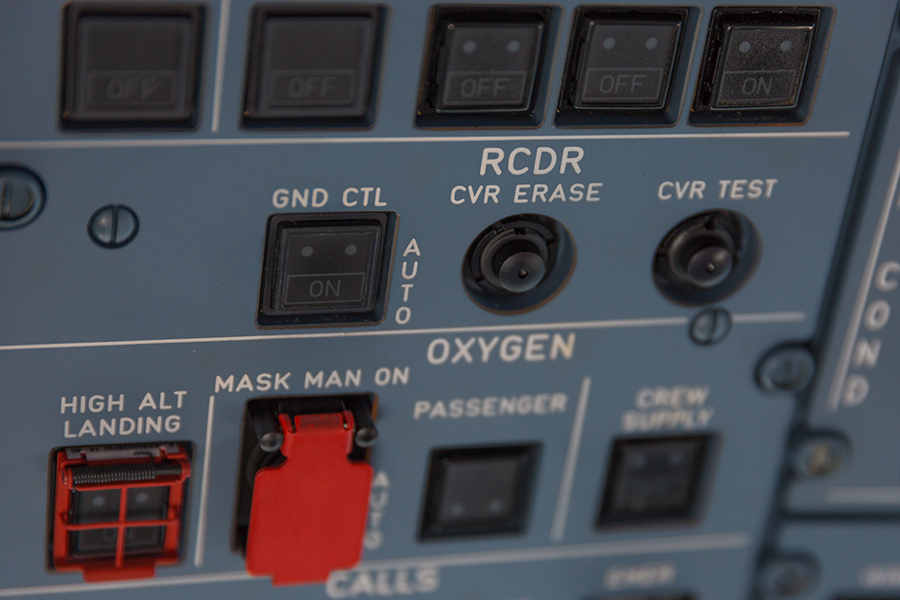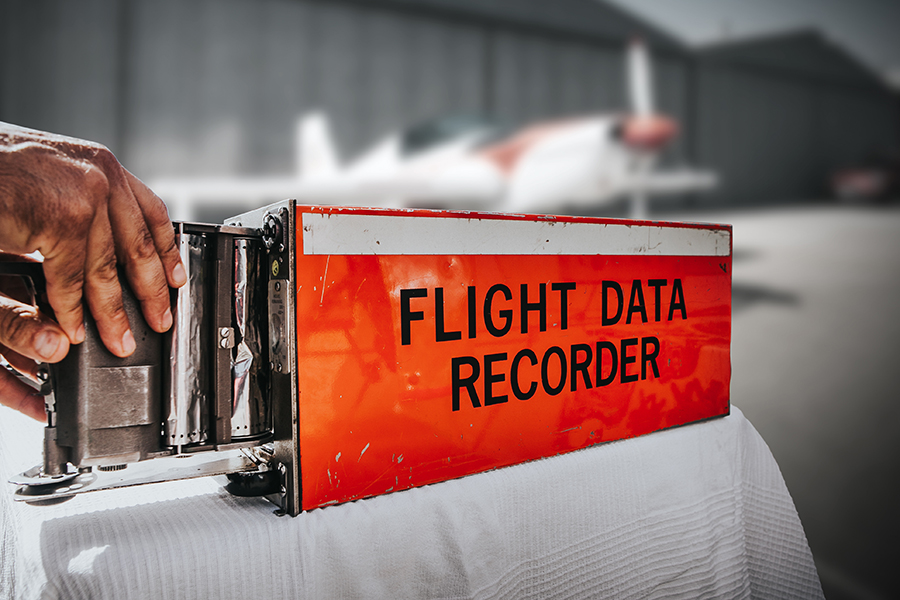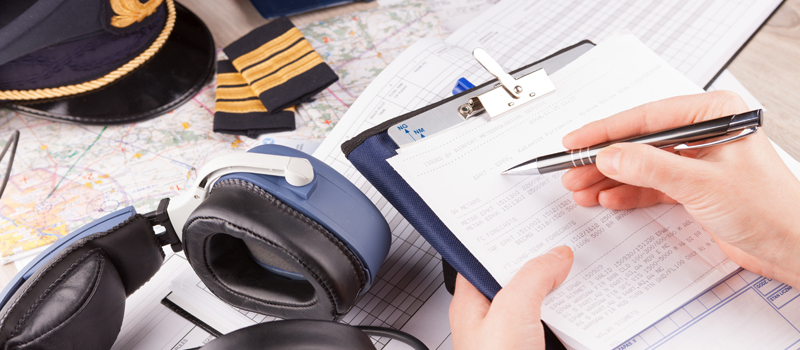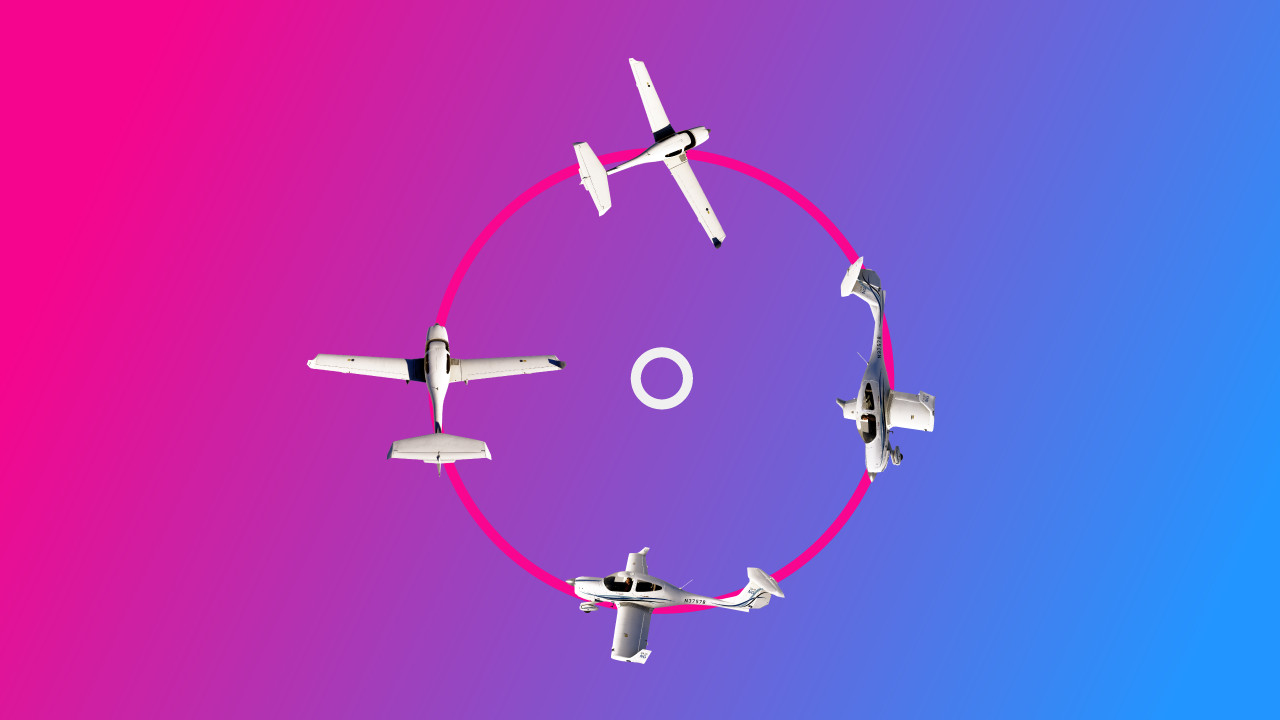The aviation industry prides itself on having become the safest mode of transportation. This achievement did not happen by accident, however. Aviation’s stellar safety standards were often developed after tragic aircraft accidents with significant loss of life.
The aircraft black boxes (known as flight recorders) are two critical components that allowed the industry to rapidly increase its safety standards despite the enormous increase in flights.
What Are Aircraft Black Boxes?
“Black boxes” refers to the aircraft’s Flight Data Recorder (FDR) and Cockpit Voice Recorder (CVR). These are usually separate modules, but some modern versions incorporate both the FDR and CVR into one unit. The black boxes are typically installed in the tail of the aircraft to minimize the damage caused by an accident.
The recovery of the aircraft’s black boxes is a priority during the wreckage recovery process. The black boxes are encapsulated by fire and heat resistant insulation and corrosion-resistant stainless steel or titanium. Modern black boxes also contain automatically activated underwater locator beacons that can produce a signal for up to 30 days at depths of up to 20,000ft.
In contrast to their name, black boxes are not box-shaped or black and are painted bright orange to increase visibility. These devices, priced between $10,000 and $15,000 each and weighing roughly 10 pounds (4.5 kilograms), allow investigators to understand the final events preceding an accident.
The Flight Data Recorder (FDR)
The FDR (also known as an Accident Data Recorder (ADR)) is designed to record a range of data from the aircraft’s systems. Modern FDRs can record many different parameters, from the position of a particular switch to the amount of deflection of a specific aileron.
The Federal Aviation Administration (FAA) requires that the FDR of a commercial aircraft record a minimum of 11 to 29 parameters, depending on the size of the plane. The previous generation magnetic-tape recorders can record up to 100 parameters. Current generation solid-state recorders can record thousands more and withstand more severe accident conditions while also storing up to 25 hours of flight data.
The FDR is a vital tool in an accident investigation and has led to many significant, industry-wide changes due to data received from an accident aircraft’s FDR.
The Cockpit Voice Recorder (CVR)

The CVR can be found in nearly every commercial aircraft in service today and consists of microphones placed in the flight deck. These microphones can record crew conversations and ambient noise such as engine and impact noises. This includes communication between the crew and Air Traffic Control (ATC).
There are generally four separate microphones that send audio to the CVR. The microphones are usually found in the captain, first officer, and second officer’s headset, as well as the center of the cockpit. This ensures that any dialogue between crew members is recorded, and any audio alerts or miscellaneous cockpit sounds are also picked up.
Previous-generation magnetic-tape CVRs would store the last 30 minutes of audio. Solid-state CVRs can store over 2 hours of audio. Modern CVRs also boast standby batteries that allow the device to continue recording in the event that the aircraft’s electrical system malfunctions.
The History of Aircraft Black Boxes
Aircraft flight recorders were developed after the second world war and were initially used to record data during flight tests, primarily for military aircraft.
The late 1950s and early 1960s saw the first versions of commercially applicable aircraft flight recorders. These designs caught on quickly, and by the mid-1960s, they became mandatory for nearly all commercial aircraft.
The initial flight recorder designs used magnetic tape to record data. In the 1990s, flight recorders began using solid-state memory to record data. Solid-state recorders are far more reliable than magnetic-tape recorders primarily because they contain no moving parts.
Using the Flight Recorders
Once the flight recorders have been retrieved, they are transported to a lab where the data is retrieved. The National Transportation Safety Board (NTSB), which is tasked with investigating transportation accidents in the United States, receives readout and software systems from the flight recorder manufacturers. This allows the NTSB to independently collect data from the flight recorders.
If the damage to the flight recorders is minimal, the NTSB can collect the data from solid-state recorders via USB or ethernet ports with minimal effort. The recorders are often damaged after an accident, however. If this is the case, the memory boards are removed from the units, applicable parts replaced, and then connected to a functioning flight recorder used specifically for data retrieval.
A group of experts, typically airline and aircraft manufacturer representatives and NTSB specialists, are brought in to interpret the recordings from the flight recorders. Language specialists from the Federal Bureau of Investigation (FBI) may also be required to analyze audio data from the Cockpit Voice Recorder (CVR).
The process of retrieving and analyzing data from the flight recorders can take months to complete, depending on the damage to the flight recorders and the complexity of the accident.
Next Generation Flight Recorders
The current version of flight recorders that record flight data and cockpit audio have been used for decades, with little change other than the medium of storage.
This lack of change is not due to stagnating technology, but rather a resistance from the industry.
The most obvious improvement to the current generation of flight recorders is the ability to record video. This technology has been developed and is available today. Airbus Helicopters has developed the Vision 1000 system, which records video from behind the flight crew’s head and inertial data with built-in gyroscopes. The unit weighs half a pound, and the built-in memory can record 2 hours of audio and video (video is recorded at four frames per second), as well as over 200 hours of inertial flight data. In addition, a removable SD card can record double the amount of audio and video. This allows for trend monitoring and more efficient maintenance, as well as enhanced accident investigation capabilities.
Video is the most noticeable improvement to flight recorders, but it certainly isn’t the only. Designs have been developed that allow for two separate flight recorders, where one recorder automatically separates from the aircraft before an accident, increasing survivability.
Next-generation improvements to flight recorders relate to the storage of data. After the mysterious disappearance of Malaysia Airlines Flight 370, questions have been raised about the viability of finding the flight recorders after an accident.
Finding the flight recorders can be significantly problematic and costly, and can often take a significant amount of time. The flight recorders from Air France Flight 447 were only found nearly two years after the accident, despite the wreckage being found five days after the accident.
With the advancement and reduction in the cost of satellite technology, systems have been developed that stream flight data to a ground base via satellite. This eliminates the need for a physical storage medium or allows the two systems to record data in parallel.
At the moment, physical solid-state flight recorders are a necessity and will not be replaced anytime soon.
Conclusion
Flight recorders will continue to play a vital role in improving the safety of aviation transportation. With the imminent implementation of more advanced flight recorders, aviation professionals will be able to learn more about aircraft accidents and incidents and detect maintenance issues before they cause emergency situations.




